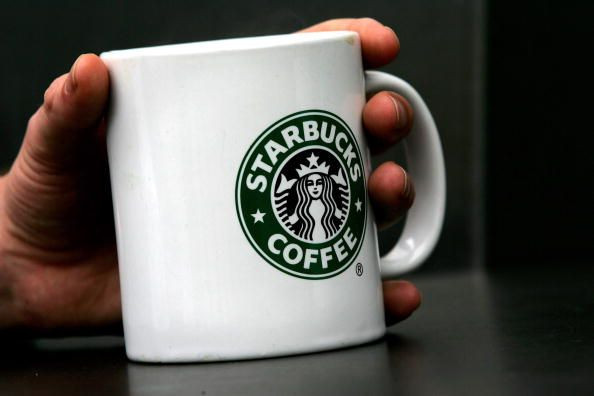Starbucks Corporation (SBUX) Q2 2016 Earnings Preview: What To Look For In Seattle Coffee Roaster’s Latest Report

Starbucks Corp., the world’s largest coffee roaster, is scheduled Thursday to announce its fiscal second-quarter earnings after markets close in New York City, and it seems the company is continuing its fruitful momentum from last year. The company continues to grow year-over-year sales at a pace many in the retail industry would envy.
It recently announced it’s building a massive 20,000-square-foot high-end roaster in New York’s tony Meatpacking District as part of effort to reforge its reputation for exclusivity that’s been watered down by so many of its standard cafes. About the only downside going on right now for the Seattle-based company is a broad, ongoing tax-evasion investigation in Europe that recently left McDonald’s with a massive bill.
Analysts polled by Thomson Reuters expect Starbucks to report net income of 39 cents per share, up from 33 cents in the same three-month period last year. Revenue is expected to increase to $5.03 billion compared to $4.56 billion in the year-ago period.
The consensus for global same-store sales growth is a 6.7 percent increase for the quarter, largely from its segment that covers the Americas. Same-store sales is an important retail metric that excludes newer outlets to make comparisons to past growth more accurate.
Here are three things to look for when Starbucks posts its earnings for the three months ending in March:
Change in Loyalty Program
Earlier this month, the company announced an unpopular move that raised the bar for earning free beverage and food items in its loyalty rewards program. Now the company is doling out freebies based on money spent rather than number of store visits, a move that irked many existing loyalty program customers used to winning points for going to Starbucks regardless of how much they spend during their visits. The change took effect just this month, but the company is likely to offers some commentary on its expectations for this popular program. The move could affect short-term sales performance as some customers pull back, but the company might address its expectations for how the change will affect long-term revenue growth.
Growth in Mobile Payments
Starbucks' mobile pay app has gained wide adoption in the U.S. since it was launched in Portland, Oregon, in December 2014. Since its national rollout last September, the app that allows consumers to bypass cashier lines by ordering and paying in advance has become immensely popular. The company doesn’t break out its sales from mobile apps, but RBC Capital Markets estimates that 1 in 4 of Starbucks’ U.S. orders were processed through customer smartphones in the company’s fiscal second quarter, up from 21 percent in the last three months of 2015, which was the first quarter of the company’s 2016 fiscal year. Mobile payments, which increase the pace of orders each store can process, expanded into select British and Canadian stores in October, so the company should provide a progress report in the global rollout of mobile payments.
Global Progress
Starbucks CEO Howard Schultz said early in the second quarter that he remains bullish about China despite the current slowdown in the world’s second-largest economy. Starbucks continues to grow in China even as other foreign chains like Yum Brands (Pizza Hut, KFC and Taco Bell) flounder as Chinese consumers reel back on dining out. Coffee consumption in China is growing fast and the company has planned to build an average of 1.4 stores a day for the next five years, more than doubling its stores count to 4,500 from the current 2,000 by 2020. Year-over-year quarterly sales growth in the Asia-Pacific region, which includes China, stood at 5 percent at the end of 2015, trailing the overall global pace of 8 percent. Asian sales have been falling amid slower economic growth in the region. Look in Thursday’s earning report to see if Starbucks has been able to hold Asia-Pacific growth at 5 percent, or even increase it.
In Europe, Starbucks shut down all 15 of its outlets in Belgium the wake of the March 22 terror attacks. All but the store at the Brussels airport have since reopened. The company could address the adverse effect of the closings on its European operations. Its European business had already been hit by the Nov. 13 Paris attacks.
© Copyright IBTimes 2025. All rights reserved.






















